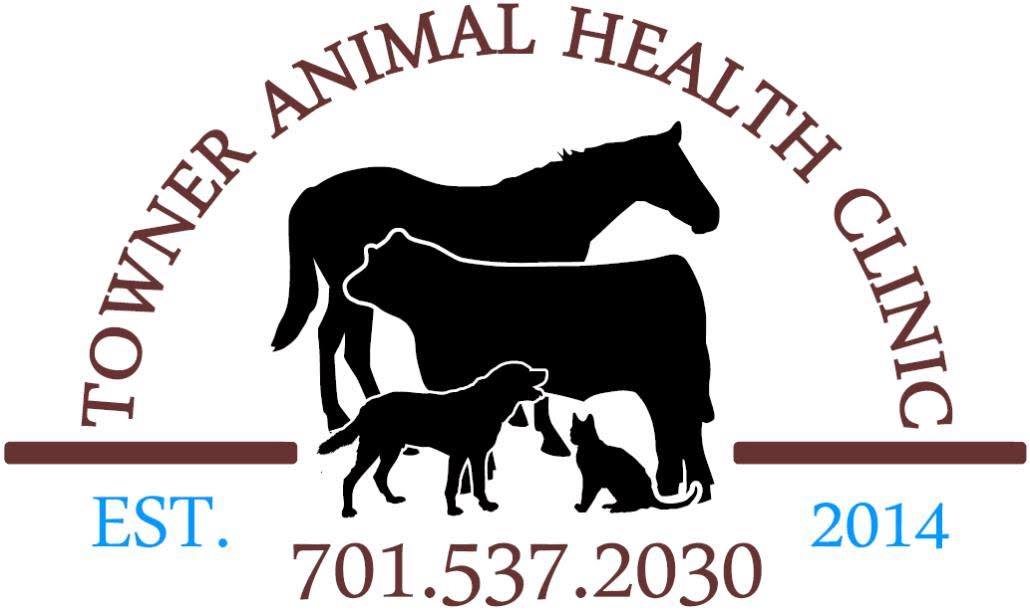Library
-
Brushing Your Dog's Teeth
¿Por qué debería cepillar los dientes a mi perro? Se estima que alrededor de 2/3 de los perros con una media de tres años tienen periodontitis, una inflamación o infección del tejido alrededor del diente. La enfermedad periodontal empieza con una gingivitis y progresa hasta afectar a la raíz del diente. Si no se trata a tiempo, la enfermedad periodontal puede llevar a una pérdida del diente.
-
A cesarean section is a surgery to remove kittens from the uterus and is most commonly performed as an emergency procedure when there is difficulty with natural birth. During the immediate recovery period, the mother and kittens must be closely monitored and begin eating/nursing within a few hours. If you have any concerns about their health, you should immediately have your veterinarian examine the kittens and their mother.
-
Chin acne in cats is a poorly understood disorder of follicular keratinization (the overproduction of keratin, a protein found in the outer layer of skin). If this excess keratin is trapped in the hair follicle, comedones (blackheads) form. Pustules (pimples) may form if bacteria infect the comedones. The underlying causes are not fully understood but may be associated with excess sebum production, viral infection, immunosuppression, stress, or poor grooming. Treatment options are available and often involve improved hygiene.
-
Chocolate is toxic to dogs. While rarely fatal, chocolate ingestion often results in significant illness. Chocolate is toxic because it contains the alkaloid theobromine. Theobromine is like caffeine and is used medicinally as a diuretic, heart stimulant, blood vessel dilator, and muscle relaxant.
-
Spaying in Cats
La esterilización es el término común usado para describir el procedimiento quirúrgico que científicamente se conoce como ovariohisterectomía. En este procedimiento, se realiza una escisión del útero y los ovarios con el objetivo de esterilizar a una gata.
-
Your cat's skin and coat condition are good indicators of her health. A healthy coat should be shiny and smooth, not brittle or coarse, and healthy skin should be supple and clear, not greasy, flaky, or bumpy. Selective breeding has led to the development of cats with various coat characteristics requiring varying grooming needs. To maintain healthy skin and coat, your cat also requires a properly balanced diet.
-
The general condition of your dog's skin and coat are good indicators of his health. A healthy coat should be shiny and smooth, not brittle or coarse, and healthy skin should be supple and clear, not greasy, flaky, or bumpy. Selective breeding has led to the development of dogs with various coat characteristics requiring varying grooming needs. Nutrition also plays an important role in skin and coat maintenance.
-
Lameness in Dogs
Si un perro no puede moverse de forma normal se dice que está cojo. Las causas de cojera más habituales son el dolor en una articulación o en sus estructuras de soporte o bien la inestabilidad de una articulación.
-
Choosing the right collar or harness for a dog requires understanding how each device works and what is best for the dog and the owner. Correct selection, fit, and use are crucial for any training tool's success.
-
Elizabethan Collars in Dogs
Los collares isabelinos se utilizan para prevenir interferencias con cualquier vendaje o herida. Es normal que los perros se laman las heridas, pero esta práctica puede retrasar mucho la cicatrización y provocar infecciones. Por eso es importante que se deje puesto el collar, en especial cuando el perro está sólo.

